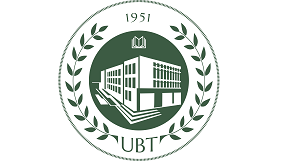SOKRAT JANI1*, ADRIATIK ÇAKALLI1, VALBONA HOBDARI1, ROBERT DAMO 2
|
1Institute of Plant Genetic Resources, Agricultural University of Tirana, Albania 2Faculty of Agriculture, University “FAN S. NOLI” of Korça, Albania Abstract This paper explores the status of the local varieties and landraces of some vegetables and the knowledge associated with them in the communities of Korça region. After the great political changes that took place in Albania in 1990, the country’s agriculture underwent great transformations, towards a market economy. Farmers began planting high-yielding imported varieties, replacing the country’s cultivars. In remote mountainous areas of the country, such as the Korça region, many small, vegetable-growing farmers still use landrace populations, mainly by subsistence farmers. Thus, an assessment of the status of vegetable landraces in the period 1990 – 2020, showed that a significant loss has occurred. Although many vegetable crops are still maintained as landrace by small subsistence farmers, only 38% of them cultivated landraces and saved seed in the villages assessed. Their average age was over 53 years old. The notably loss crops included carrots, melon, watermelon, turnip and spinach, for which no cultivated landrace. The vegetable crop landraces that are still grown included tomato, pepper, onion, leek, pumpkin and fresh beans, while limited farmers also maintained white cabbage, lettuce and orach. This deterioration of the situation will have an impact on the future agricultural productivity of the region and the country, as the genetic diversity within vegetable landraces can be seen as the source of interest for coping with changing environmental and climatic conditions. Keywords: conservation, farmer, landraces, on farm, vegetable crops. |
